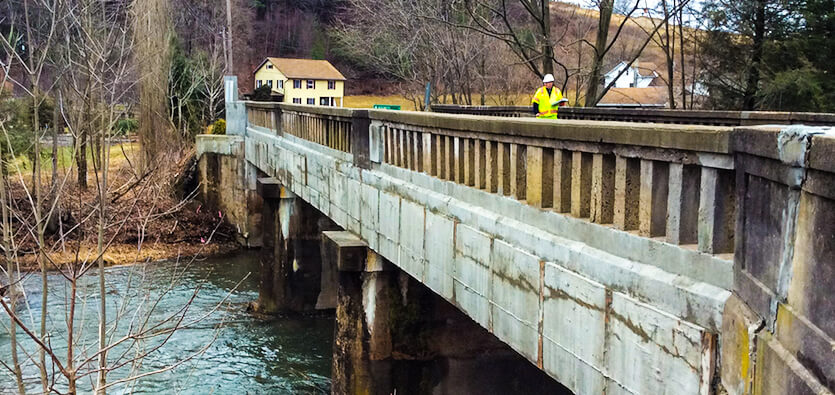
The number of concrete structures in the world is increasing, so does the need for sustainable construction materials. Maintenance is an inevitable activity that ensures a structure reaches or exceeds its expected service life. It is financially disadvantageous to replace a structure when it can be rehabilitated. External reinforcement can be the only alternative to partial replacement or demolition in some cases. Loads on bridges, for instance, is continuously increasing following the tremendous rise in the number of vehicles. Apart from the increased traffic load, corrosion induced deterioration is also a major concern for the construction industry. These factors uncover the need for rehabilitation of the existing deteriorated and underperforming concrete infrastructure.
Taking into account the properties and in-practice performance, FRP composites are the best available solution when it comes to the rehabilitation or strengthening of structurally deficient concrete members. The structural issues could have more than one solutions. However, the final decision depends on the economic evaluation of alternatives. A considerate approach is to consider the total maintenance and consequential costs required to maintain a structure throughout its service life.
FRP composite materials are not just the improved form of conventional materials. They offer unique and highly desirable properties. The range of structural needs and shortcomings for which FRP plate bonding offers a practical solution is wide. Following are some of the advantages of strengthening concrete members with FRP composite plate bonding:
High strength
FRP plates can be designed in accordance with the nature of a project or requirements by exploiting the combination of plate constituents such as fibers. In other words, the strength of fiber reinforced polymer plates may vary depending on its constituents and manufacturing process. However, the average strength of FRP plates is three times the strength of steel plates.
Lightweight
Composite materials offer high strength-to-weight-ratio as we know fiberglass bars are ¼ the weight of steel. FRP bonding plates, being a lightweight material, save builders significantly in transportation and installation. A 20 m long composite plate can be carried on site by a single man. The flexibility of plates allows engineers to carry out strengthening schemes within a limited space. On the other hand, installing steel plates involves a proportion of works cost.
Reduced project completion time
Many of the practical advantages of using glass fiber reinforced polymer (GFRP) rebar and other reinforcement material is the reduced construction period. Fiberglass reinforcement bars, for example, enable engineers to complete a project in greatly reduced time periods, thus, lowering contract and traffic delay costs. Composite plates, similarly, can be installed from mobile platforms in a short period of time when compared with traditional plates.
Protection against corrosion
Corrosion resistance is a well-known property of composite materials. Traditional construction materials, unlike FRP, cannot withstand the environmental conditions for a very long period of time. FRP composite plates, therefore, do not suffer from severe environmental elements.
The construction industry is now aware of the implications and durability of the materials they use and why advanced composites are the best available concrete rehabilitation materials. Using composites for strengthening concrete structures is one of the effective techniques to control degradation and eliminate structural deficiencies.
